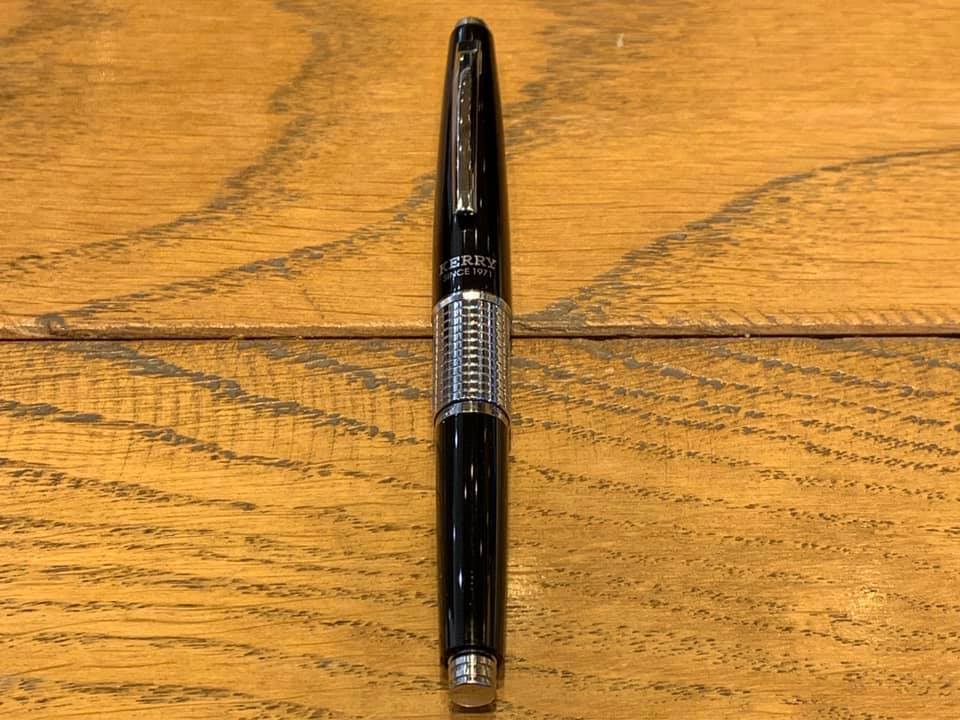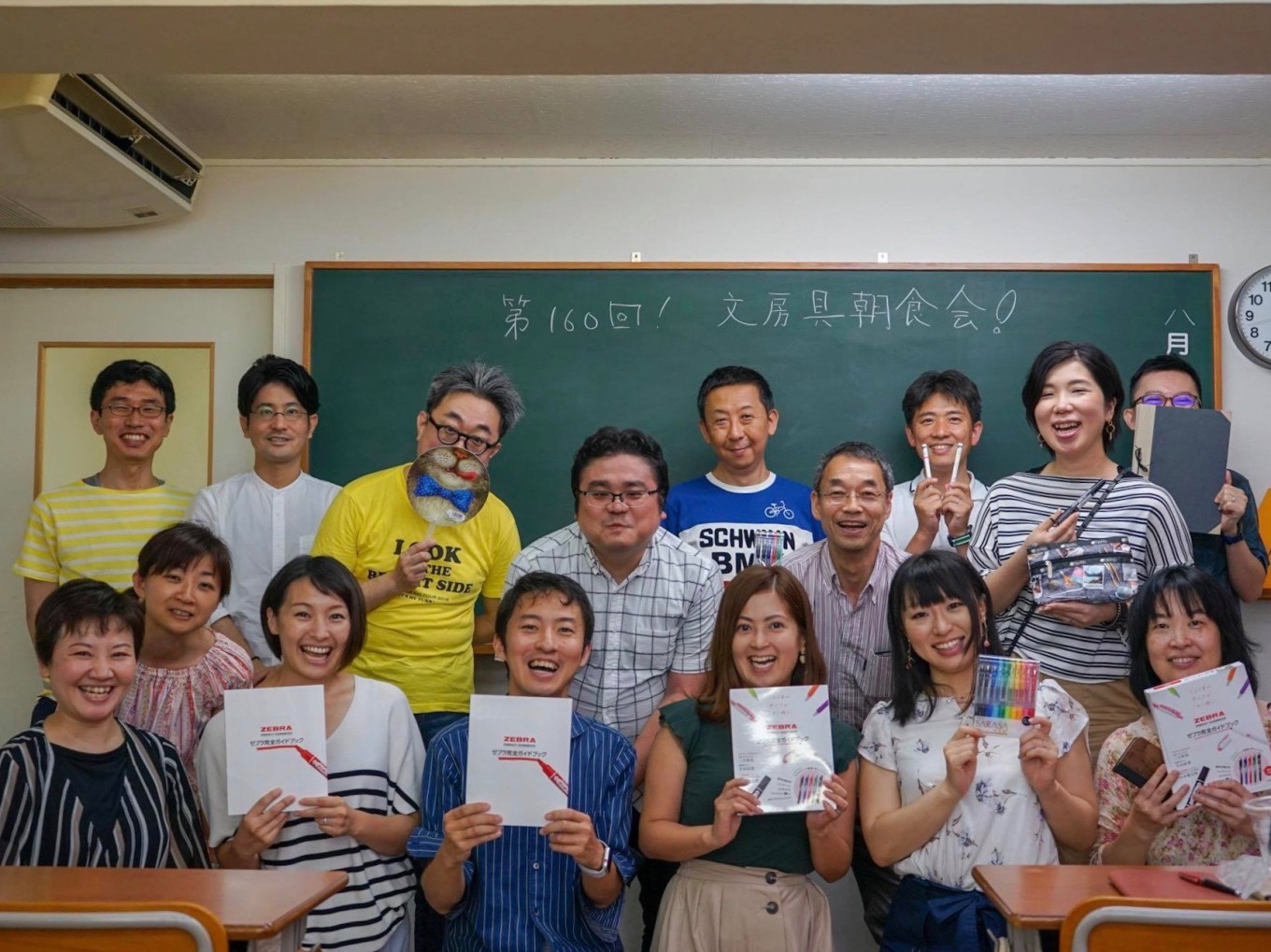(Original Mai-bun.com article, published 02/10/2019. Written by Takuya Takahashi. Translated by Bruce Eimon.)
I have started noticing "older" business people mingling amongst students in the mechanical pencil section of stationery stores in Japan. It may be that people are rediscovering the value of being able to erase what they have written, thanks to the popularity of Pilot's erasable Frixion pens. Pencils and mechanical pencils have long been tools for students, but we may be seeing a resurgence of these instruments amongst business people.
Many of the recent mechanical pencils embed advance technology, such as mechanisms that automatically twist the lead to maintain a sharp tip, or shock absorption that prevents the lead from breaking. However, when it comes to the design of these pencils, they are better suited for the classroom than the board room.
Today I would like to feature a mechanical pencil that will look right in place in the hands of any business woman or business man - the "postable" mechanical pencil, the Kerry.
The Pentel Kerry was first released in 1971. It is long seller that has been on the market for nearly 50 years.
The engraving on the cap proudly proclaims "SINCE 1971"
If you look at the Japanese product home page, its official name is listed as "Mannenncil Kerry." "Mannenncil" is an amalgamation of the Japanese word for fountain pen "Mannennhitsu" and "Pencil." You can tell from the name that they envisioned this product to be a mechanical pencil worthy of being carried along with your expensive fountain pens.
You can see how the designers tried to make it resemble an elegant fountain pen. Some may feel that the look is somewhat dated, in a nice vintage kind of way.
You may not have thought about this, but you hardly ever come across mechanical pencils with caps.
To my knowledge, even in Japan there are only a few with such a design.
By having a cap, you do not have to worry about scratching things in your pocket or having graphite dust flake out of its tip.
Unlike expensive fountain pens that have screw on caps, the Kerry has a snap-on cap. The key point of this product is that you can still click the lead out even when the cap is posted. There is a surprising amount of engineering in this cap. When the pen is capped or the cap is removed from the pen, the click-tip protrudes only slightly.
When the cap is posted on the pen, however, the tip extends out by a fraction of an inch to give you the length needed for a satisfying click.
This is a product designed with a lot of attention to detail. The pen can be used without the cap posted, so some people like to keep the cap hooked in their pen loop.
Compared to standard mechanical pencils, this is a rather compact pen. When not posted, it may be barely long enough to fit in your hand.
The whole point of this pen though, is that it can be used posted.
Most people will want to use it posted, as this gives you much more stability. The compactness of this pen when capped makes it an ideal companion for an A6 or passport sized planner.
The beautiful mold of the tip of this pen is also what makes the Kerry unique. This is a design choice that enables a nice balance between the thick grip and the thin lead tip.
By offering a thin tip, it makes it easier to see what you are writing too.
While the 0.5mm size is standard in Japan, Pentel also makes a 0.7mm version for the overseas market. I was able to buy the Navy 0.7mm version on my last trip to Taiwan. It gives you a different feel on the paper, and is especially good for sketching.
With a timeless design that appeals to people of all ages, the Kerry can be a great gift item. At a price point of $15-$20+, it is a good looking pen at a reasonable price. In Japan it shouldn't be hard to find a store that will personalize it for you for that extra touch.
There is a reason why this product has been around for nearly 50 years. If you have never used one, I suggest you give it a try!
Recommended for:
- People who like to use mechanical pencils
- People who are looking for a mechanical pencil that looks more "adult"
- People who want to carry a mechanical pencil with their planners
Information: Sharp Kerry™ Mechanical Pencil


















































